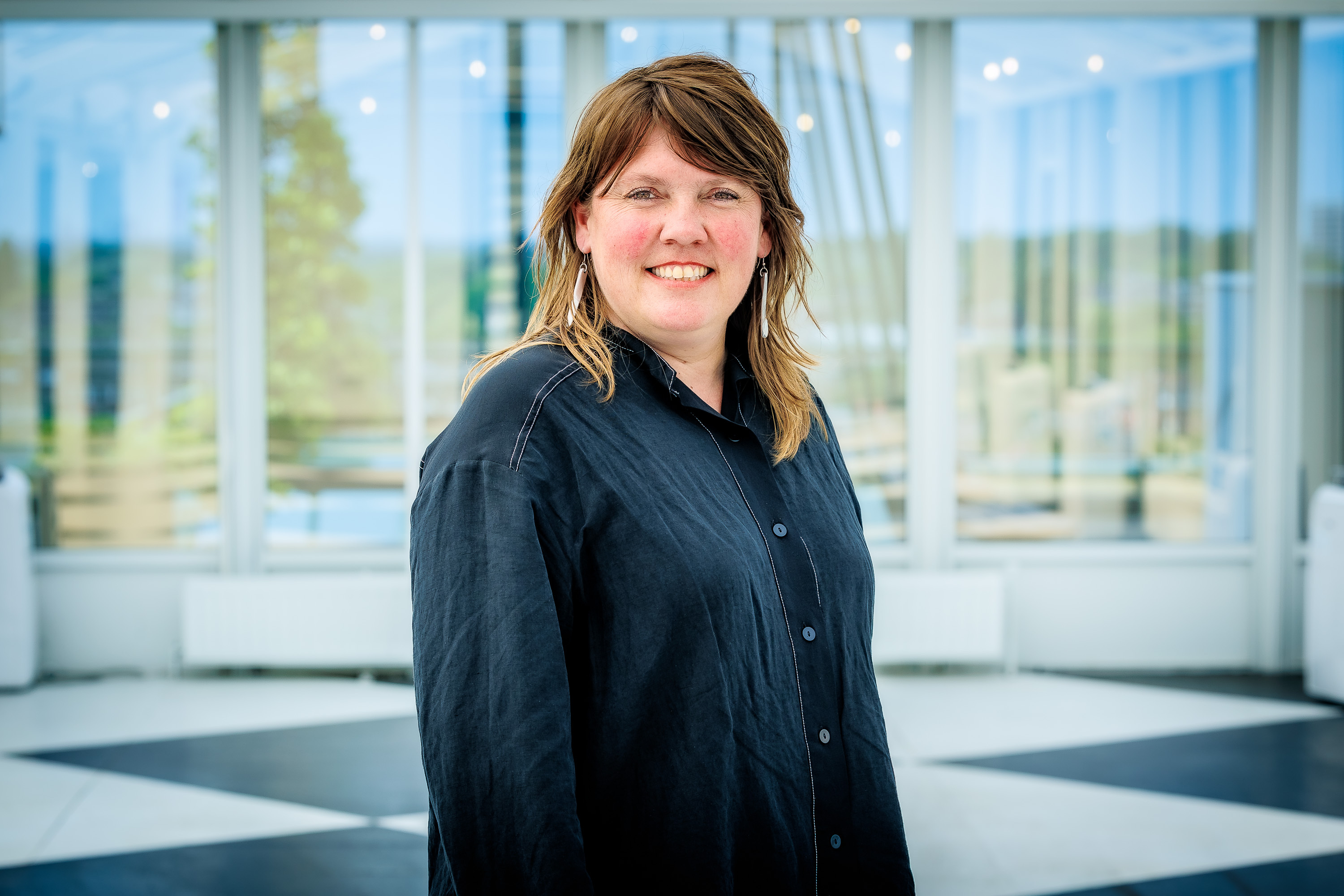
Technology as a means, impact as a measure: report of the CBO meeting and CFAP Prize 2025
During the annual meeting for collective management organizations (CMOs) and the CFAP award ceremony, professionals from the audiovisual sector gathered at the Documentary Pavilion in Vondelpark. CIIIC contributed to the program with content on expanding the cinematic experience and exploring how new technologies can enhance the creative and social impact of productions.
Technology as a Means for Storytelling, Not as an End
The keynote by Michaela A. Ternasky-Holland was the substantive heart of the meeting. As an internationally acclaimed XR and impact producer, she works at the intersection of technology, art, and activism. She views technology as a storytelling medium: an extension of the imagination that allows stories to be not only told but also experienced.
This vision came to life in projects like Lutaw (an animation project about poverty in the Philippines, with 75% of the budget spent locally), Body of Mine (a VR experience that lets cisgender parents feel what gender dysphoria means), and Reimagined (a series of VR retellings of classic myths).
Her work demonstrates that impact goes beyond reach or audience numbers. While traditional productions often aim for broad visibility, she seeks the depth of the experience: fewer people, but with greater emotional and cognitive impact.
Documenting as a Starting Point for Growth
Ternasky-Holland emphasized the importance of good onboarding and aftercare for the audience — especially in immersive productions where technology, emotion, and ethics converge. Her research shows that a carefully guided experience has more impact than the form or target audience alone.
By archiving experiences, analyzing results, and sharing insights, the sector as a whole can grow in quality and societal relevance.
AI, Distribution, and Ethics
Jeroen Koopman (NewBe) shared how his production house integrates generative AI into the production process — not as a threat, but as a tool. He advocated for a connected community of specialists who openly share knowledge. At the same time, he called for transparency: "We should have a sort of ingredient list for generative AI, so you know which data or models are at the base."
Babette Wijntjes (Now:Reality) elaborated on the challenges in VR distribution and is developing a practical model through which VR works can be presented as part of film programming. A pilot project is currently running in eight cinemas where technology, training, and curation come together.
CFAP Prize 2025 for CIIIC Advisory Board Member Corine Meijers
The event concluded with the presentation of the CFAP Prize 2025 to Corine Meijers, a member of the CIIIC advisory board and founder and producer of Studio Biarritz.
With productions like Lacuna (2025), Future Botanica (2024), Symbiosis (2021), and Ashes to Ashes (2017), Meijers has distinguished herself as a pioneer in VR, AR, and AI-driven storytelling. Her work has been showcased at IDFA, Cannes, SXSW, and the Venice Film Festival.
The jury praised her as "an innovative entrepreneur who values collaboration and experimentation highly and actively contributes to building the media landscape of the future." For CIIIC, this recognition confirms the quality and vision within our advisory board.
Building Together for a Sustainable Future
The CBO meeting demonstrated that innovation in the audiovisual sector revolves around people, stories, and connection. CIIIC continues to support this movement by providing space for exchange between creators, producers, researchers, and distributors—so that knowledge and inspiration grow into a shared infrastructure for a future-proof creative industry.